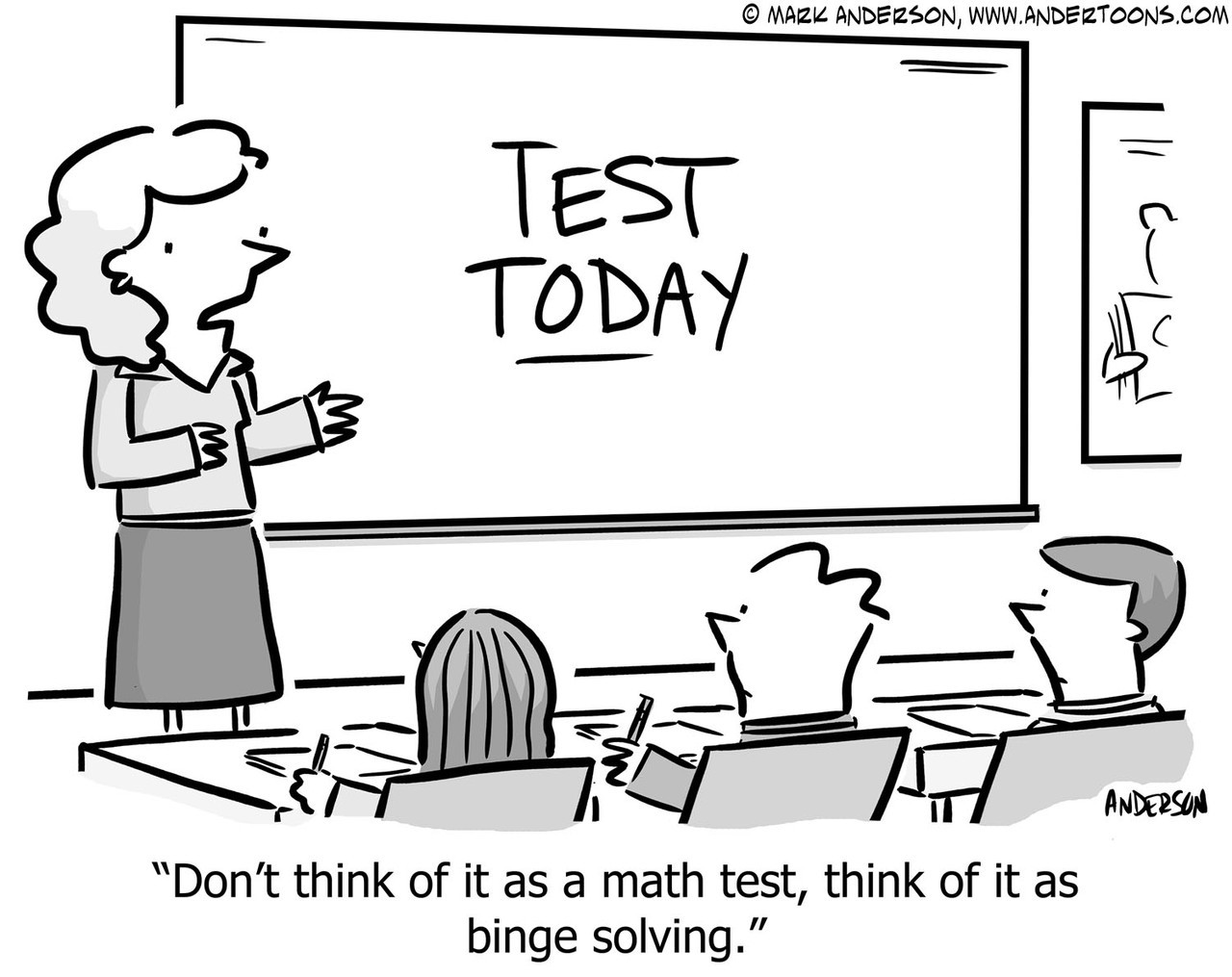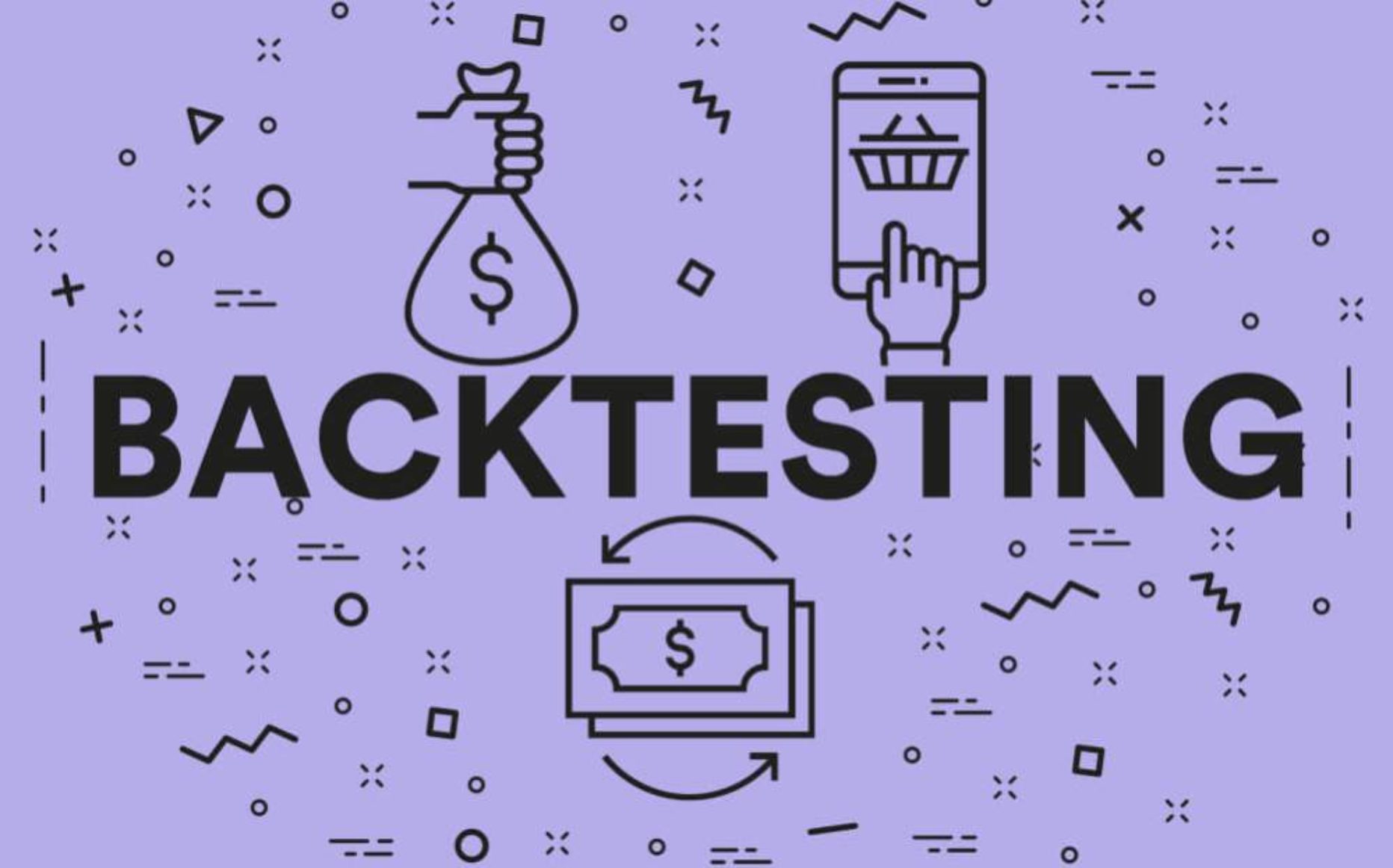We’ve spent the last couple of months on QuantStart backtesting various trading strategies utilising Python and pandas. The vectorised nature of pandas ensures that certain operations on large d...
In the first article on successful backtesting we discussed statistical and behavioural biases that affect our backtest performance. We also discussed software packages for backtesting, including Exce...
This article continues the series on quantitative trading, which started with the Beginner’s Guide and Strategy Identification. Both of these longer, more involved articles have been very popula...
Value at Risk (VaR) for Algorithmic Trading Risk Management Estimating the risk of loss to an algorithmic trading strategy, or portfolio of strategies, is of extreme importance for long-term capital g...
About This Post The post is suitable for those who are beginning quantitative trading as well as those who have had some experience with the area. The post discusses the common pitfalls of backtesting...
Risk and money management are absolutely critical topics in quantitative trading. We have yet to explore these concepts in any reasonable amount of detail beyond stating the different sources of risk ...
When carrying out an algorithmic trading strategy it is tempting to consider the annualised return as the most useful performance metric. However, there are many flaws with using this measure in isola...
Brief Overview of Futures Contracts Futures are a form of contract drawn up between two parties for the purchase or sale of a quantity of an underlying asset at a specified date in the future. This da...
Backtesting is the research process of applying a trading strategy idea to historical data in order to ascertain past performance. In particular, a backtester makes no guarantee about the future perfo...







